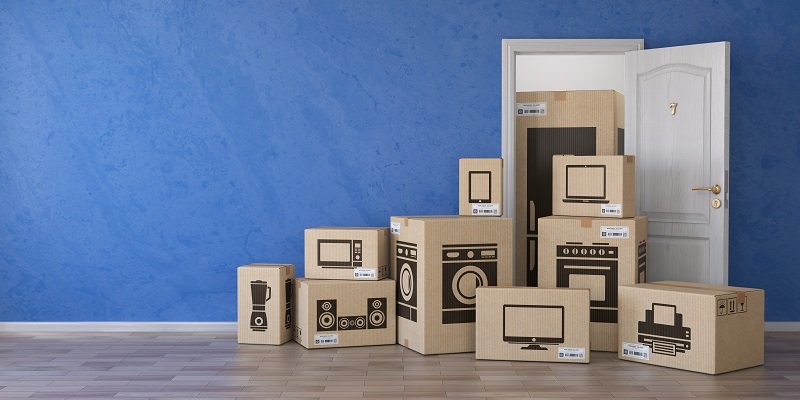In the Legislative Council held on May 8, 2024, the Secretary for Environment and Ecology of Hong Kong government gave a reply to questions regarding to Styrofoam waste. In the relay, the secretary explained policies on Styrofoam packaging reduction for electrical and electronic appliances.
In Hong Kong, a new regulation on single-use plastic packaging has been implemented from April 22, 2024. The regulation requires a phased ban on the use of single-use plastic tableware, such as cups, food containers and straws, while there are no requirements for the plastic packaging used in electrical and electronic appliances at current stage.
In order to reduce the plastic packaging used in the electrical and electronic appliances sector, the Environment Protection Department (“EPD”) has developed a practical guide on packaging reduction and management for electrical and electronic appliances sector, and encourages the electronic and appliances suppliers to use recyclable packaging to replace Styrofoam packaging.
The guide provides practical tips and experience sharing on how to avoid and reduce packaging consumption, and guidance and reference for trade to prepare packaging reporting and disclose packaging data, as well as FAQs and answers on packaging reduction and management.
The main contents are as follows.
Guidance for packaging reporting
Although packaging reporting is not a mandatory requirement for non-listed companies at current, it is advisable for companies to make packaging reporting to improve their packaging waste management. However, for listed companies, the Environmental, Social, and Governance Report (ESG Report), which should include packaging consumption data, has been required to be disclosed from July 1, 2020. Guidance for packaging reporting is as follows.
- Reporting scope
Primary and secondary packaging consumed for self-manufactured own-brand products, packaging consumed at warehouses and retail stores and packaging consumed during self-operated delivery operation shall be covered.
- Identify types of packaging consumption
Refer to Table 7 “General packaging materials and methods” of the guide to identify the type of packaging consumed.
- Data collection, estimation, and calculation
- Approach 1: Calculate the packaging consumption by using data obtained from procurement and inventory record
- Approach 2: Estimate the packaging consumption by using data obtained from sales of self-manufactured own-brand products (Packaging consumption=Average weight of packaging per product ×the total number of products sold during the reporting period)
In addition, a template for the packaging reporting can also be found in the Annex 2 of the guide.
Frequently Asked Questions and Answers (Partial)
Q1. Which types of packaging should be covered in the packaging reporting?
| Companies should identify their scope of operations at different venues, then identify and list up the packaging materials consumed by their companies for reporting. The packaging should include primary packaging (e.g. polybags and adhesive film), secondary packaging (e.g. cushioning materials, buddle strap etc.), tertiary packaging (e.g. padded envelopes, shrink wrap, wooden pallets, etc.) and service packaging (e.g. plastic waybill pouches, etc.) used in their operations. |
Q2. Where shall we disclose the packaging data?
| For Hong Kong listed companies, the packaging consumption data shall be disclosed on ESG Report under the requirement of Hong Kong Exchanges and Clearing Limited (HKEX). For non-listed companies, packaging data are suggested to be disclosed on the company’s website or ESG/ Sustainability/ Annual Report. |
The original texts of the above contents are available at the following URL.
- Press Releases: LCQ7: Handling of Styrofoam waste
https://www.info.gov.hk/gia/general/202405/08/P2024050800253.htm?fontSize=1 - Practical guide on packaging reduction and management for electrical and electronic appliances sector
https://www.wastereduction.gov.hk/sites/default/files/resources_centre/Practical_Guides_on_Packaging_Reduction_And_Management-Electronics_and_Electrical_Appliances_Sector_ENG.pdf - HKEX : Amendments to GEM Listing Rules
https://www.hkex.com.hk/News/Regulatory-Announcements/2019/191218news?sc_lang=en
 Hong Kong issues practical guide on packaging reduction for EEE
Hong Kong issues practical guide on packaging reduction for EEE 

























